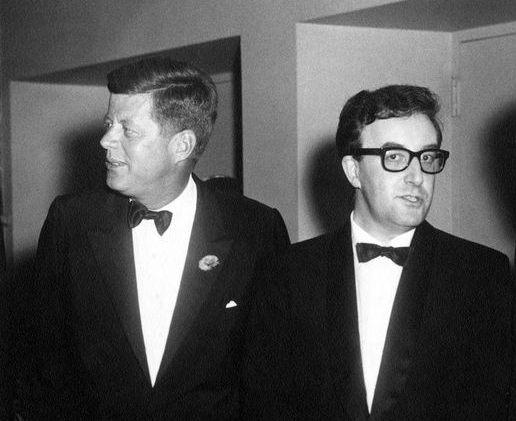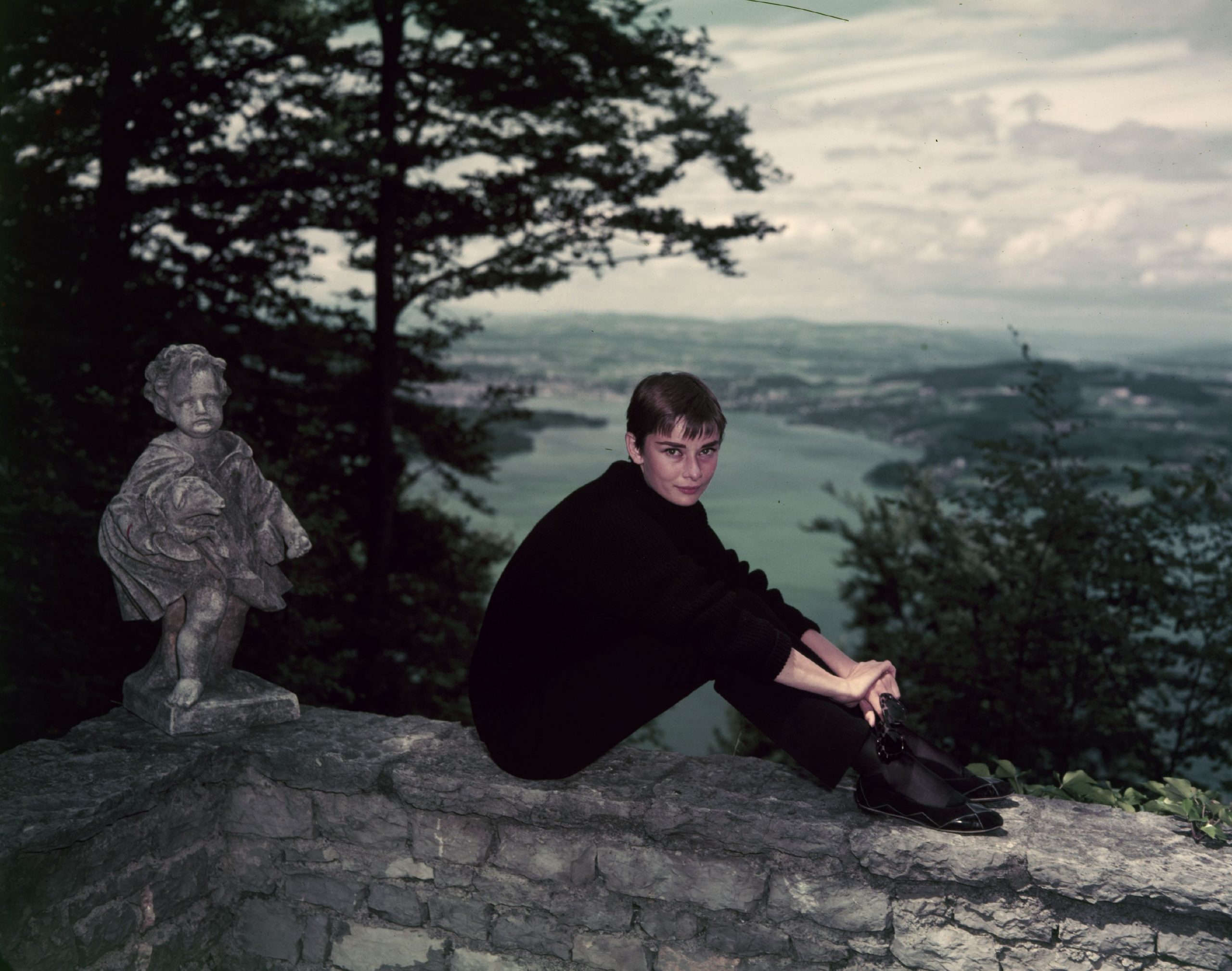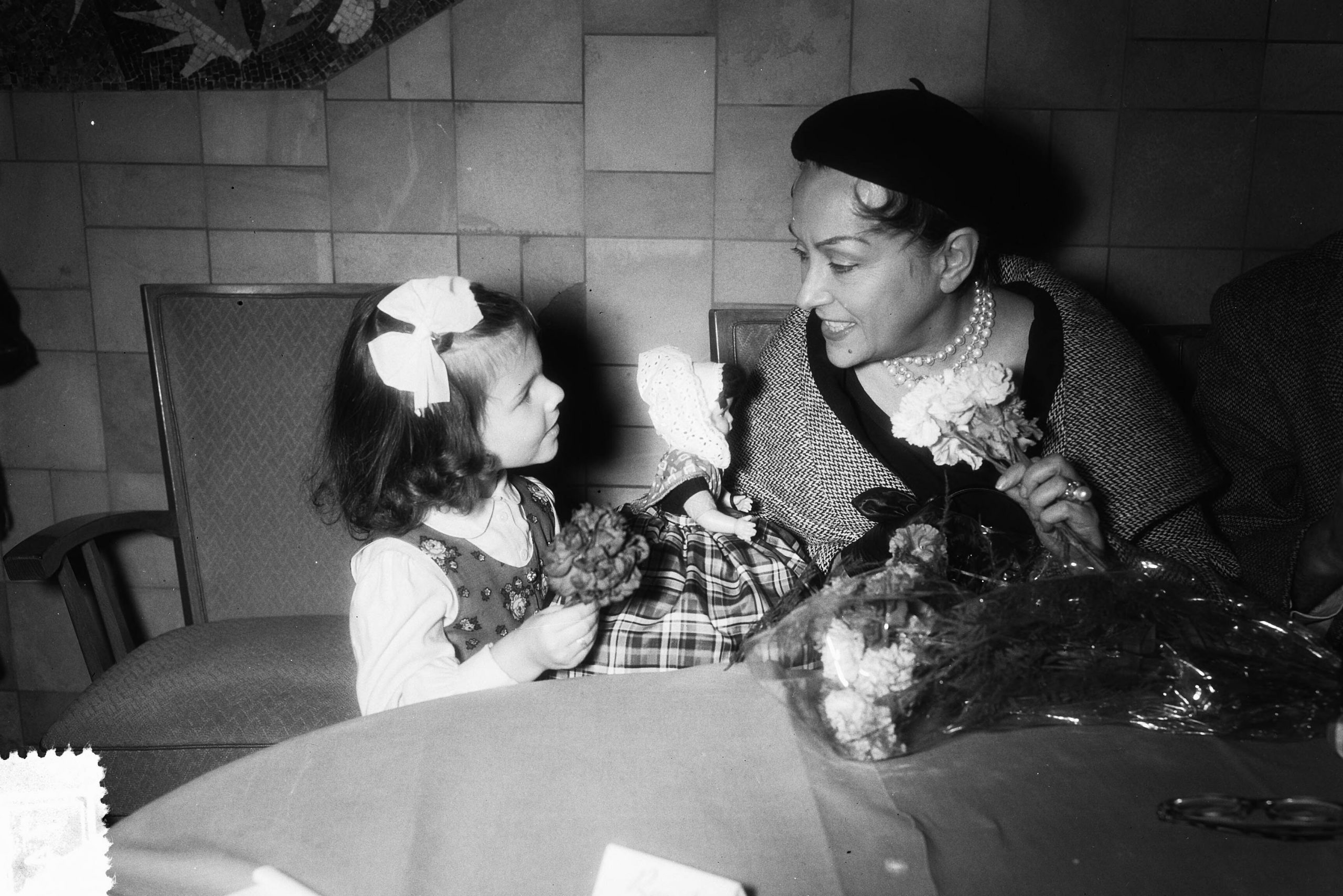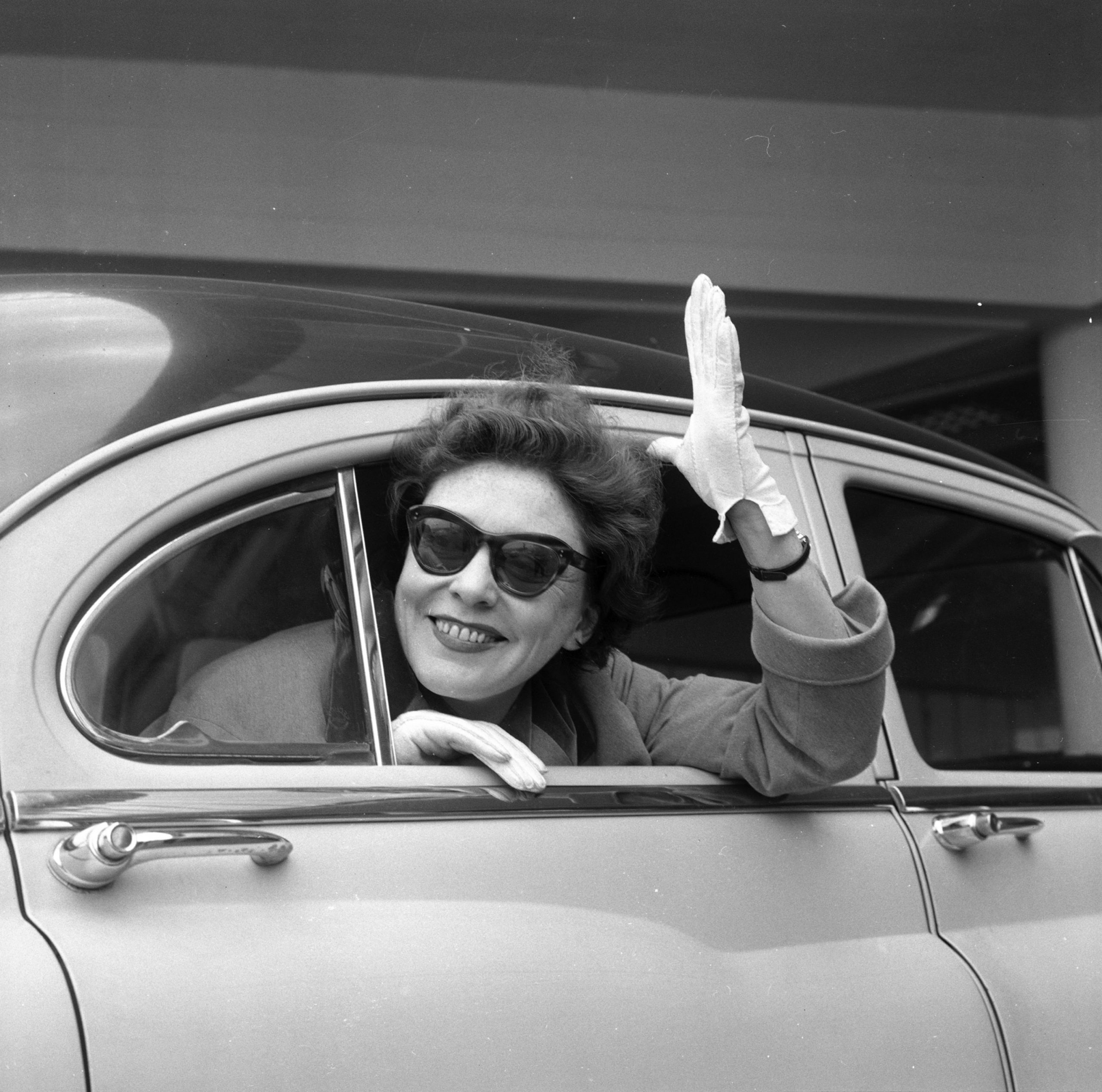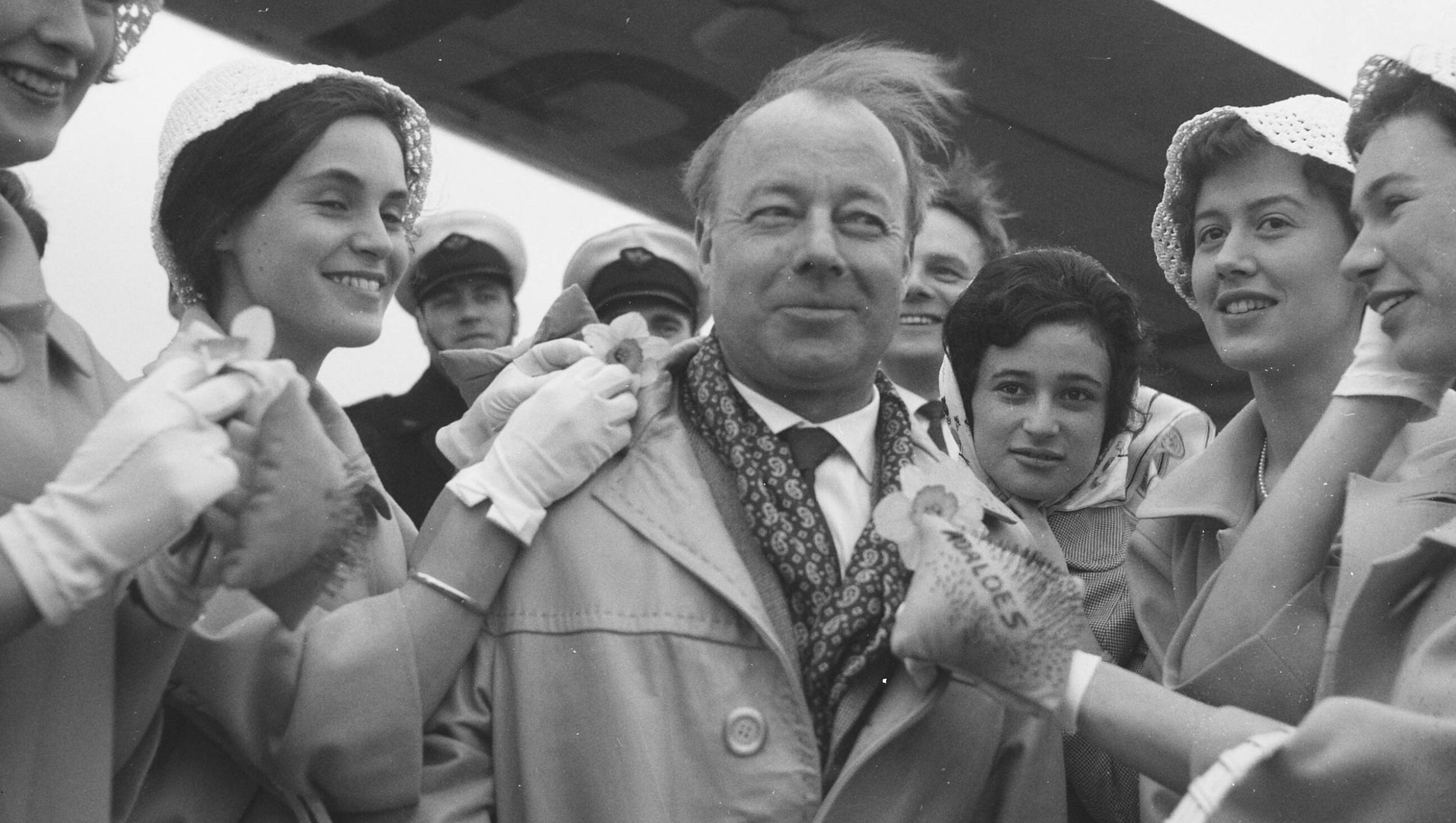He embodied the genre of the Western like hardly any other actor: whether in the role of Doc Holliday or a sheriff, Douglas mastered a large repertoire of roles.
Douglas came from a poor background: In one of his books, Douglas later described how he had earned more money from a single film than his father had in his entire life.
In order to get an education at all, Kirk Douglas had to work hard: He is said to have worked as a caretaker, among other things, to fund his education.
First, Douglas received a scholarship to study wrestling: His scholarship to the American Academy of Dramatic Arts in New York followed later.
Kirk Douglas remembers an English teacher who taught him in high school as being a decisive influence in his early life: the teacher is said to have awakened in Douglas a fascination for poetry and literature and encouraged him to continue his education.
Training and the film noir
His training at the American Academy of Dramatic Arts led Douglas to Broadway: in the early 1940s, however, his Broadway career was interrupted by World War II. After completing his army service in the U.S. Navy, he returned to Broadway ready to embark on his career as an actor.
Kirk Douglas had the good fortune to study with actress Lauren Bacall: Bacall reportedly convinced producer Hal Wallis to cast Kirk Douglas in The Strange Love of Martha Ivers (1946).
The film was a typical film noir of the second half of the 1940s. Barbara Stanwyck played the leading role.
The film earned Kirk Douglas very positive reviews – Douglas had the special luck to hit the bull’s eye with his first Hollywood film. From then on he was a sought-after actor in Hollywood.
Kirk Douglas and Burt Lancaster – this is one of the most remarkable acting duos of the late forties and fifties.
Douglas and Burt Lancaster
Some of Kirk Douglas’ early films are considered classics today, not least because they are considered genre-defining for the film noir genre.
In 1948, Kirk Douglas starred alongside Burt Lancaster for the first time in I Walk Alone: it was the beginning of a collaboration that would span a total of seven films. Kirk Douglas and Burt Lancaster – this is one of the most remarkable acting duos of the late forties and fifties.
Among the best-known films starring Kirk Douglas and Burt Lancaster are Gunfight at the O.K. Corral (1957) and the political thriller Seven Days in May (1963). Another western classic starring Kirk Douglas is Last Train from Gun Hill (1959).
Ancient Myths & Van Gogh
From the mid-1950s onwards, Kirk Douglas was in demand in more places than just Hollywood: his role in the Italian monumental production Ulysses [Ulisse, 1954] catapulted Kirk Douglas to the top. With production costs of ten million dollars – which would correspond to a budget of over one hundred million dollars today – the reworking of the Odysseus saga was one of the most expensive colour film productions at the time. The film also starred Anthony Quinn. In 1956 Kirk Douglas starred again alongside Anthony Quinn in the biopic Lust for Life which is about the life of Vincent van Gogh. Douglas took on the role of van Gogh, Quinn played Paul Gauguin. With his role as Vincent van Gogh, Douglas showed that he did not need a western film material to excel as an actor. The role of van Gogh was very close to Douglas’ heart – he is said to have even accepted drastic conditions from MGM in order to be allowed to play the part.
From the mid-fifties onwards, Douglas thus became a character actor.
His role in the film Ulysses had awakened in Douglas a fascination for ancient myths: he subsequently produced the monumental film Spartacus (1960) himself. For this he had founded the production company Bryna Productions, named after his mother, which produced numerous films between 1955 and 1986. Early in his career, Kirk Douglas was aware that he needed his own production company if he wanted to enjoy the greatest possible creative freedom.
Spartacus revolves around a slave revolt in ancient Rome. In addition to his role as producer, Douglas took on the title role of Spartacus.
Spartacus was a project close to his heart.
Spartacus
Since Douglas was now, for the first time in his career, not only an actor but also a producer, he had many new experiences: Douglas had so many moving experiences, that he later wrote his own book about the production of Spartacus.
The film was largely based on the novel of the same name by Howard Fast, who was unable to find a publisher to publish his work because of his political views: He took the opportunity to self-publish the book. Since Howard Fast was persona non grata because of his communist views, the very publication of the book caused an uproar. Kirk Douglas then made headlines when he hired the author Dalton Trumbo to write the screenplay: One of the Hollywood Ten, Trumbo had been blacklisted by the Committee for Un-American Activities in the 1950s.
With this assignment, Douglas got Trumbo out of a career hole – in his book about the production of Spartacus, Douglas describes how the once highest-paid screenwriter in Hollywood parked in his driveway with an old vehicle that barely made the half-hour drive from Pasadena to Beverly Hills. What Trumbo’s political views were was completely unimportant to Douglas – for him it was all about the artistic achievement that Trumbo could deliver.
The monumental film Spartacus, which also starred Peter Ustinov, Tony Curtis, Laurence Olivier and Charles Laughton, was a great success and won four Academy Awards. For Douglas, Spartacus was a project close to his heart: originally, he had intended the German actress Sabine Bethmann for the role of Varinia. However, when Stanley Kubrick took over as director, he signed up the British actress Jean Simmons for the role. Although Douglas was a producer, he only had partial creative sovereignty over the film – for Bethmann, Spartacus would have been the opportunity par excellence, but now her Hollywood breakthrough failed to materialise for the rest of her life.
A man full of modesty
Despite his work as a producer, Kirk Douglas remained one thing above all: an actor. He didn’t want to produce in order to gain a financial advantage from it, but to have the greatest possible creative sovereignty over the films in which he acted. Douglas starred alongside legends such as John Wayne in In Ham’s Way (1965) or Gert Fröbe in the star-studded monumental film Is Paris Burning? [Paris brûle-t-il?, 1966].
Kirk Douglas never forgot the poor background he originally came from: he is said to have regretted not being able to show his children – among them the famous character actor Michael Douglas – what it meant not to grow up in material abundance.
Despite his status as a Hollywood star, Kirk Douglas remained a man full of modesty who attached great importance to the artistic value of his work.
Cover picture: Kirk Douglas in Amsterdam in 1955 during the filming of Lust for Life.
Picture credit: Fotograaf Behrens, Herbert / Anefo, Nationaal Archief, CC0
Main sources:
- Douglas, Kirk: I Am Spartacus!: Making a Film, Breaking the Blacklist, 2012 Open Road Media
- Douglas, Kirk: Let’s Face It: 90 Years of Living, Loving, and Learning, 2007 Wiley

 Deutsch
Deutsch
